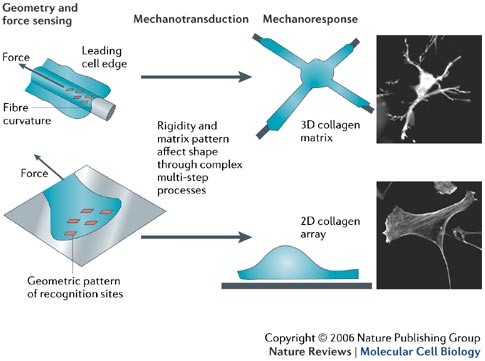
For the very first time, scientists at Simon Fraser University in Burnaby, Canada, have effectively charted the unfolding and refolding processes of collagen protein structures at physiological temperature, providing groundbreaking insights into collagen stability. This investigation, led by Nancy Forde and Alaa Al-Shaer, is crucial for addressing connective tissue disorders associated with alterations in collagen’s chemical compositions, including Ehlers–Danlos syndrome and brittle bone disease.
Collagen constitutes the most prevalent protein in the human body, accounting for 15-30% of total protein. Its structure is organized into three intertwined amino acid chains, forming a triple-helix. A study from 2002 indicated that collagen proteins exhibit structural instability at body temperature, resulting in disassembly unless they swiftly develop higher-order structures like fibrils.
Employing atomic force microscopy (AFM), Forde and Al-Shaer concentrated specifically on collagen IV, which is thought to be the earliest collagen to emerge. They pinpointed areas within the collagen sequence that are susceptible to unraveling as well as those essential for preserving the structure, uncovering significant molecular features like disulfide bonds that serve as the nucleation point for the chains to refold.
A fascinating finding from this research was the refolding direction of collagen. Contrary to earlier assumptions based on electron microscopy observations, the refolding of collagen IV occurred from the N-terminus to the C-terminus, highlighting the role of cysteines in nucleation at the N-terminus.
This innovative insight into collagen refolding has substantial implications. It potentially establishes a groundwork for upcoming investigations into how mutations that lead to diseases might cause premature collagen disassembly. The study has attracted interest from specialists like Matthew Shoulders from MIT and Jing Xu from the University of California, Merced, for its intriguing use of AFM to clarify collagen structure dynamics.
Abhishek Jalan from the University of Bayreuth expressed curiosity regarding the refolding direction, mentioning that it provokes inquiries about the function of NC1 domains in collagen chain folding and stability. This research opens avenues for further investigation into the intricate collagen folding puzzle, including the roles of hydroxyprolines, interchain salt bridges, cysteine knots, and other factors.
In summary, the mapping of collagen structure stability at body temperature by Forde and Al-Shaer is set to enhance the understanding of collagen’s significance in the human body and its repercussions for health and disease.